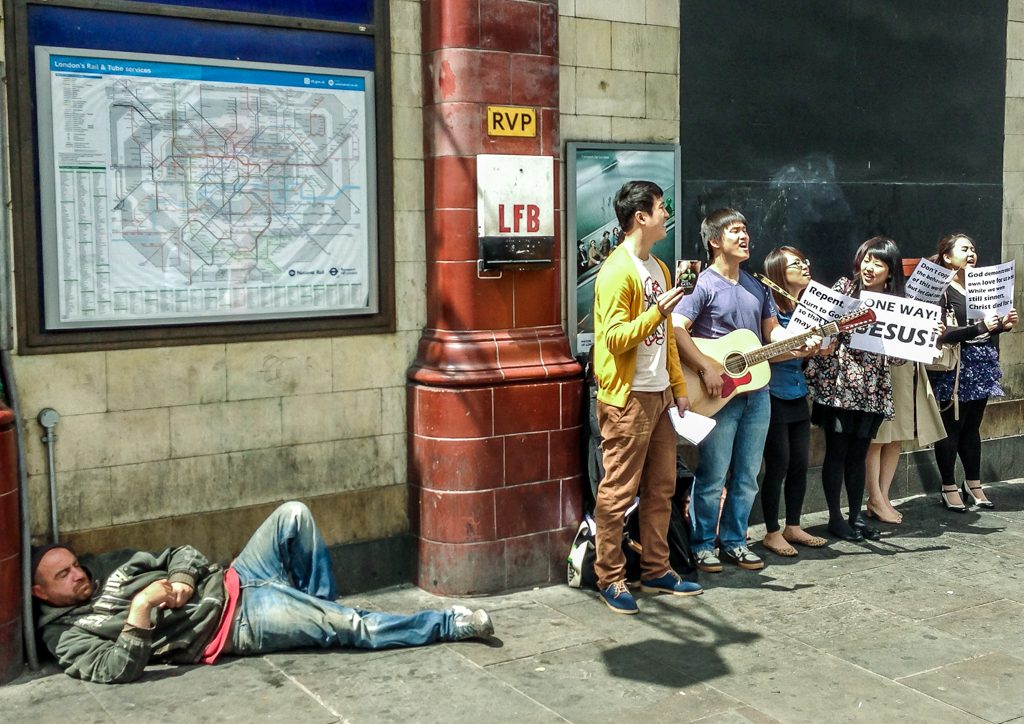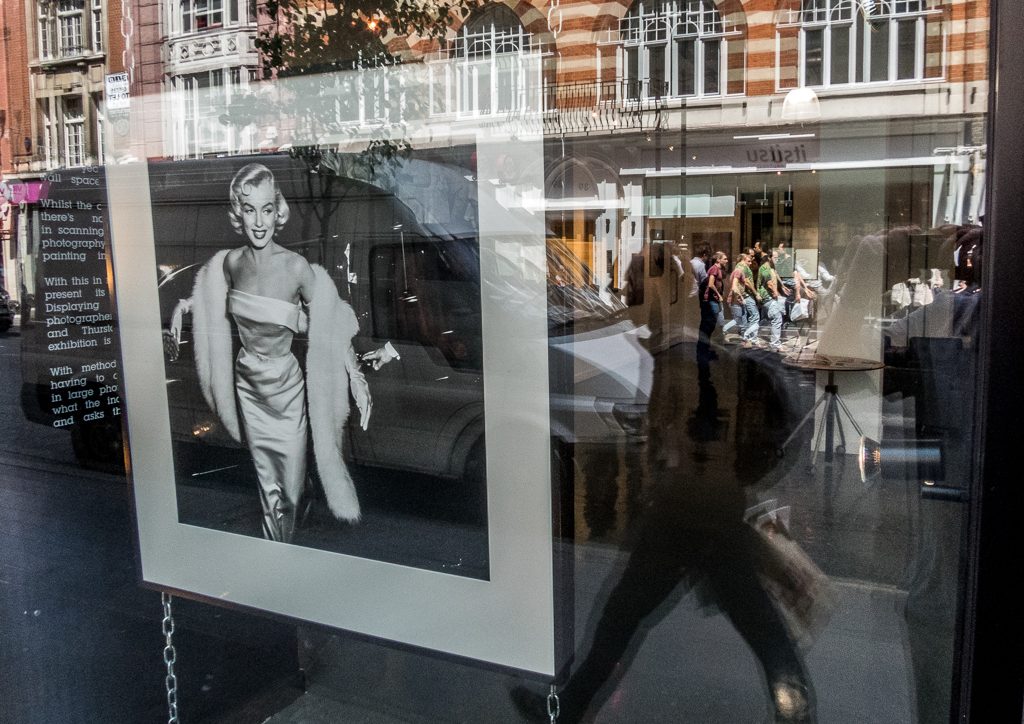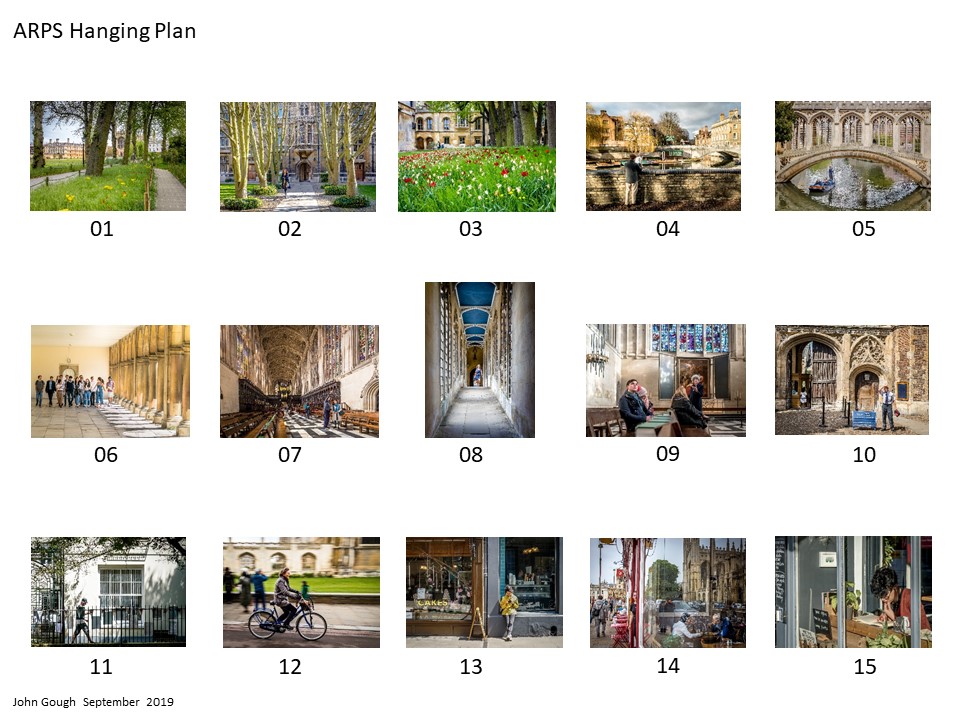
LRPS Examples lists winning submissions from RPS members who have successfully passed the LRPS qualification.
The LRPS is a qualification from the Royal Photographic Society, which confirms that you are a competent photographer. How though do you know if you are a competent enough photographer? One way is to take a look at other winning portfolios.
The RPS require ten images, which must work together as a panel. The RPS show some successful LRPS example submissions on the qualifications pages of their website.
The better you can judge whether your work meets the standard. The more confidence you can have in submitting your own work.
Examples of Successful LRPS Panels
We have curated panels from RPS members who have shared their success on their own or others websites or social media.
- Robert Rhead Good advice and his winning panel from 2015
- David Travis. Good description of what images he included in his winning panel in 2020
- Judith White. Steps to be successful+ panel
- Simon Hawkins from 2013 + panel
- Paul Terry. Nice graphics + panel
- Sue Lambert from 2013 + panel
- NickyR. Nice description of the assessment day + panel
- Graham Scarborough panel on flickR
- Peter Harris from 2015 + panel
- Mike Ford Click on the panel to open it
- Shaun Duke. Lots of background about his journey to the LRPS + panel
- Danny Ewers. Description of the preparation for the assessment day + panel
- Billy Waugh on the Edinburgh Photography Workshop website + panel
- Grahame Skingley no panel but good advice
- Tim Harris all landscape + panel
- Andy Smith at Photography 10KH. An interesting website with analysis of failure and success + panels.
- Allan James panel
- Smethwick Photographic Society members LRPS panels
- Richard Barrett at Chester Photographic Society
- Ian Hardacre Good description of the advisory day and immediate preparation
- Amateur Photographer good advice plus panel from Steve Jupp
- Bookham Camera Club a selection of members panels
- Alan O’Brien his website plus panel
- Rachel Luff panel
- Worcestershire Camera Club the LRPS panels from talented members
- Kathryn Alkyns images and hanging plan
- Exeter Camera Club members panels
- Belfast Photo Imaging Club members panels
- Winchester Photographic Society members panels
- Chris Lauder description of journey + panel
LRPS Assessments
Now that the RPS has resumed assessments at their HQ in Bristol and other locations around the country, now is a good time to think about your LRPS journey. If your photography is as good as the thirty LRPS example panels above then you are on your way.
My LRPS
It was the first real photography project that I ever undertook, and achieving the LRPS felt like a big deal. Joining a camera club was a good move for me because it taught me what the judges would be looking for in terms of technical excellence, and I hope I have helped others with this one big tip.



